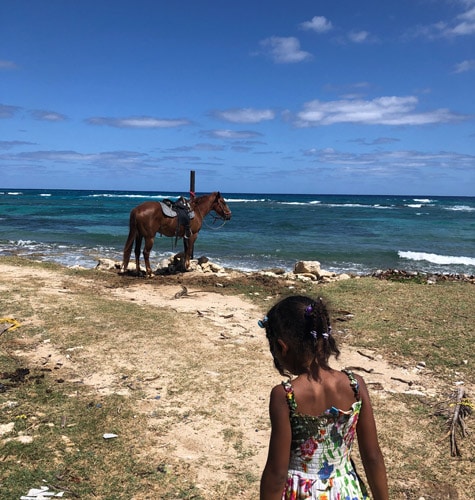Discover revolutionary heroes, near-private beaches and billy-goat rides on a gentle meander from city to coast on this Caribbean island where kids are welcome (almost) everywhere. Lydia Bell leads the way
I love cross-country drives in Cuba. The island offers a visual feast for the eyes: stunning green landscapes with towering royal palms; horses everywhere you look, ridden by adults and children, sometimes one of each, often saddle-less; oxen in fields; people sowing and harvesting by hand; farmers in spurs, cigar in mouth; ponies and traps; workers in high straw hats standing up on trucks that date back to the 1940s.
My daughter, Havana, seven, and I are living in Havana for seven months to a) improve her Spanish (she’s half Cuban) and b) so that I can work on my book and have a break from Brexit! With a week off school, we decide to go on a road trip. The plan is to get to Santa Clara in the middle of the island – three hours east down the highway – and come back via beaches and adventure. Being not as child-friendly as other places on our list, and landlocked, I decide it’s best to start there and work back. We head off with a driver, Abelo, in his shiny, 1952, pillar-box red Chevy. It purrs like a cat, because he comes from a family of mechanics.
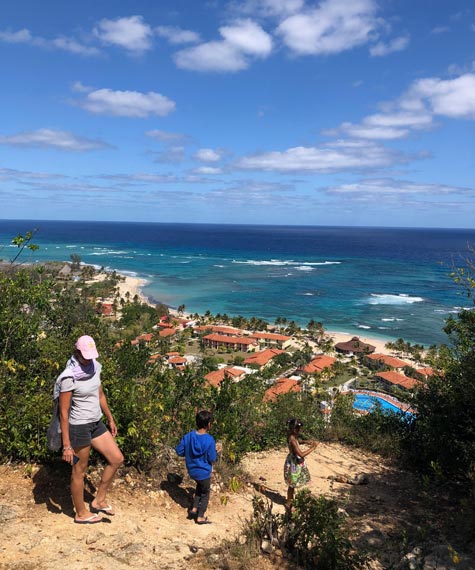
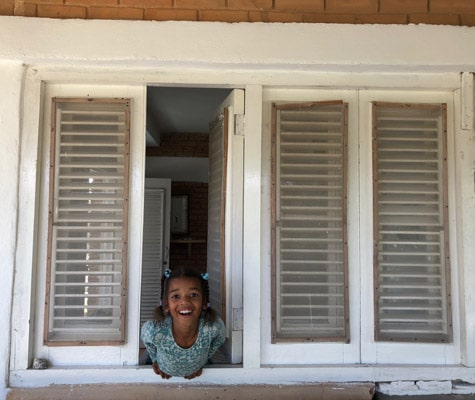
Capital of Villa Clara Province, Santa Clara seems on the surface like an ordinary provincial town. It’s one of the liveliest in Cuba, though, dominated by the university and the arts. The tourism is defined by revolutionary history, being home to the Che Guevara Mausoleum. The Battle of Santa Clara, under Che’s command, was key in the revolutionary war of 1958.
That night, we stay at new Hotel Central Villa Clara, opposite Parque Vidal. Although it first opened in 1929, the 26-room hotel is now a project of state brand Encanto that creates hotels of charm mainly carved out of the former residences of colonial families in provincial towns.
With its old men, lovers, giggling schoolchildren, noisy blackbirds and Wi-Fi, Parque Vidal is Santa Clara’s heart. Billy goats pull children in carriages for 5 Cuban pesos (15p), so mine jumps on. Then I take her to El Mejunje, the town’s roofless bar that offers everything from magic shows to bolero. As it’s Sunday at 5pm, there’s a gathering for ‘viejos’ – oldies – dancing ‘danzón’, a sort of slow casino (like salsa), to a band. Then we pass on to the Museo de Artes Decorativas, where Roly Berrio, a troubadour acquaintance, is having his ‘pena’ – regular session. Havana runs around the patio with other children while I listen to his sardonic, melodic trova. When we head back at 9pm, there are still crowds of children running in the square.
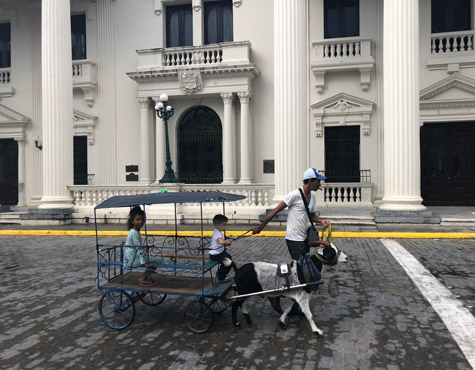
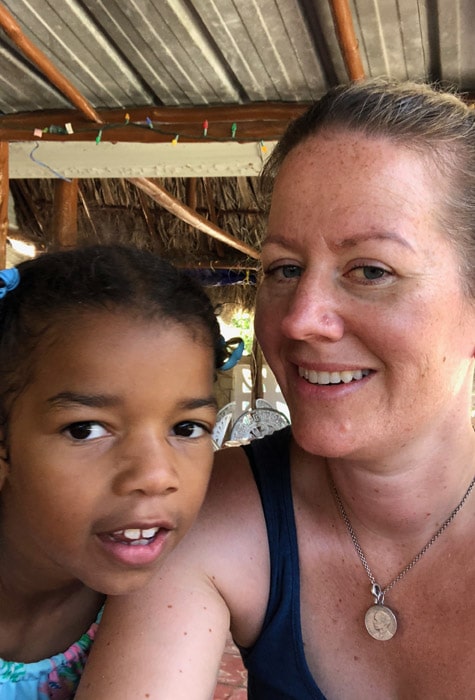
The next morning, my daughter is – despite the Cuban state school system doing its patriotic best – apparently underwhelmed by the Soviet-scale Plaza de la Revolución, with its giant Che statue made from melted-down spoons and other metal donated by Cubans in the 1980s. We make for the Café-Museo Revolución, which opened two years ago and is decorated inside with old Cuban flags, a vintage gramophone, 26 of July Movement uniforms, Soviet cameras, photographs of Che, Kelvinator fridges and political posters. I set Havana up to play with the ancient jukebox, which has vinyl singles by bolero greats such as Benny Moré and Carmen Sevilla, and have a good chat with the owner, Spanish émigré Mariano Gil de Vena. Mariano arrived in Cuba in 1994 in the middle of the ‘Special Period’, during which the economy had collapsed after the Soviet Union did.
‘There was no food or production. We would have 18 unbroken hours without light,’ he says. Permitted by the government to stay as a cultural collaborator, Mariano was drawn to a city, ‘which has always been cultural, independent and open’. Santa Clara has a vanguard mentality that made it a touchpoint for the LGBT community. By 1990, drag queens were already performing in state-run El Mejunje, when in Havana they were confined to private houses.
It’s time to go: Abelo is on his way to collect us. Our next stop is completely different. Varadero has an amazing peninsula beach, but inelegant and soulless package hotels. However, there’s another way to do it – staying at Mansion Xanadu. The pool-less, six-room hotel was the home of the French-American billionaire Du Pont. It has the most incredible ocean views from its rooms (with original, faded-marble bathrooms), charming staff, a cute little restaurant and it sits bang on the best stretch of beach.
We hit the restaurants and, since private enterprise warmed up in Cuba, a few decent places have opened in Varadero. Arriving at lunchtime, we join the queue at Nonna Tina (#5, Calle 38, between Avenida Playa and Avenida 1ra; +53 45 612450) for wood-fired Naples-style thin crusts, Italian coffees and fresh pastas. The next evening, after a day on the beach, we try Salsa Suárez (#103m Calle 31, between Avenida 1ra and Avenida Terceray; +53 45 614194), which has the feel of a Greek village taverna and a menu that ranges from salads, sushi, tacos and Italian to tapas, octopus and marlin.
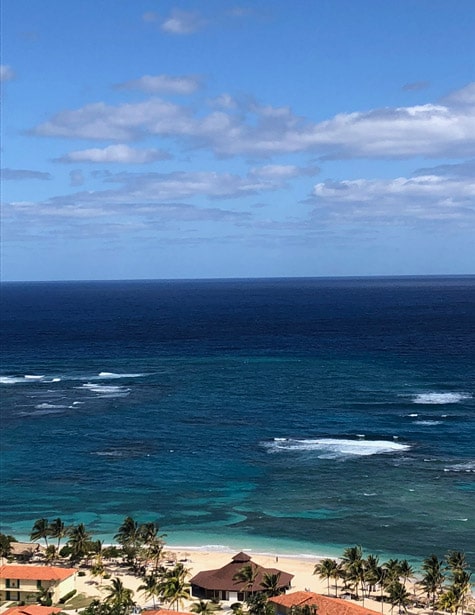
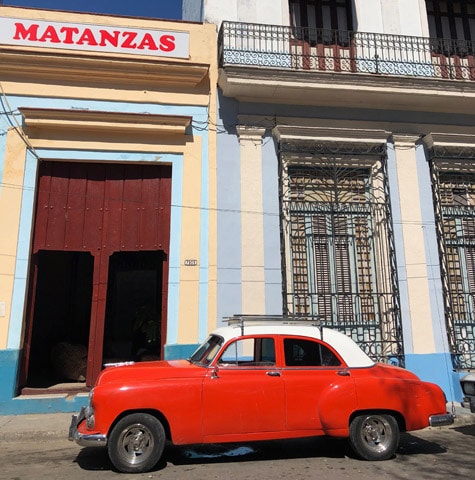
After two relaxed nights in Varadero, we forge on in another car (Abelo, who was visiting family in Santa Clara, has returned to Havana). We stop in the shimmering bay of Matanzas, just 20 minutes from Varadero. The government appears to be investing in sprucing up the heritage buildings for the city’s 325th birthday and the quarter around the river now resembles the capital of a Grecian isle. The geographic proximity to Florida and port means it was once well to do. ‘You used to be able to go to America for lunch,’ sighs today’s driver, Ariel.
By the river, we visit Lolo Galeria-Taller, a sculpture and ceramics studio converted from a sugar family’s house gifted to Lolo, the artist, by the government. Lolo works largely in recycled bronze. It’s also the workshop of Manuel Hernandez, one of Cuba’s best caricaturists.
Nearby, Ediciones Vigia is a publishing house which crafts hand-painted books on recycled paper, using textiles, flowers and other recycled material, in runs of 200, never producing the same book twice. There are poetry books, children’s books, books in English and Spanish. The workers who make them sit around a table in the stunning historic riverside house with its colonial furniture, high ceilings, blue timber doors, ancient tiled floors, foliage-filled patio and friendly cat.
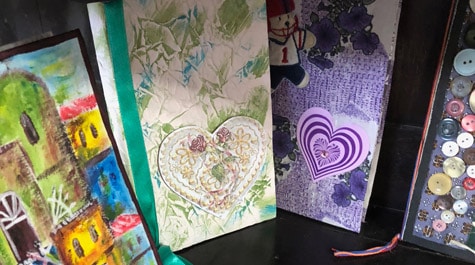
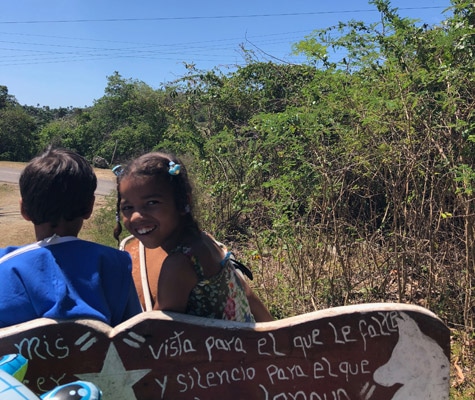
Our last port of call is Mayabeque Province. We pass over Cuba’s highest bridge, the Puente de Bacunayagua at 112m. It overlooks the plunging valley of Yumurí, its slopes coated with royal palms, flame trees, cedars, caoba and the almásigo tree, with its distinctive red bark. A short while later we reach Boca de Canasí, a fisherman’s village where the river meets the sea.
A friend and her similarly aged son have come out for the weekend to join us, and the children spend two days chasing the lizards that look like tiny, colour-shifting dinosaurs hiding behind the picture frames, stargazing, swimming and walking in the forest.
The shuttered brick house on a rutted country road, minutes walk from the sea, and the tiny hamlet, has a miniature palm-surrounded pool and two-sided veranda, simple outside dining with hammocks and two bedrooms. Tocororos sing in the flame trees and a horse is tethered to a pole. The garden is a lush oasis, with its mango trees and bowers groaning with creepers. At night, the sky is red and stars twinkle, and the garden is quiet, apart from the sound of palm fronds slapping against each other in the soft breeze and wind rustling the cane. We eat outside, simple salads and fish dishes prepared by Susana, a former operatic soprano who sings quietly as she cooks. A boy takes us by horse and cart to Jibacoa beach, stopping at a lookout point where we walk through a sunlit path in woods till we hear surf and see white horses on the glistening turquoise ocean. Vultures glide overhead. Havana may be 45 minutes down the road now, but it feels like worlds away.
